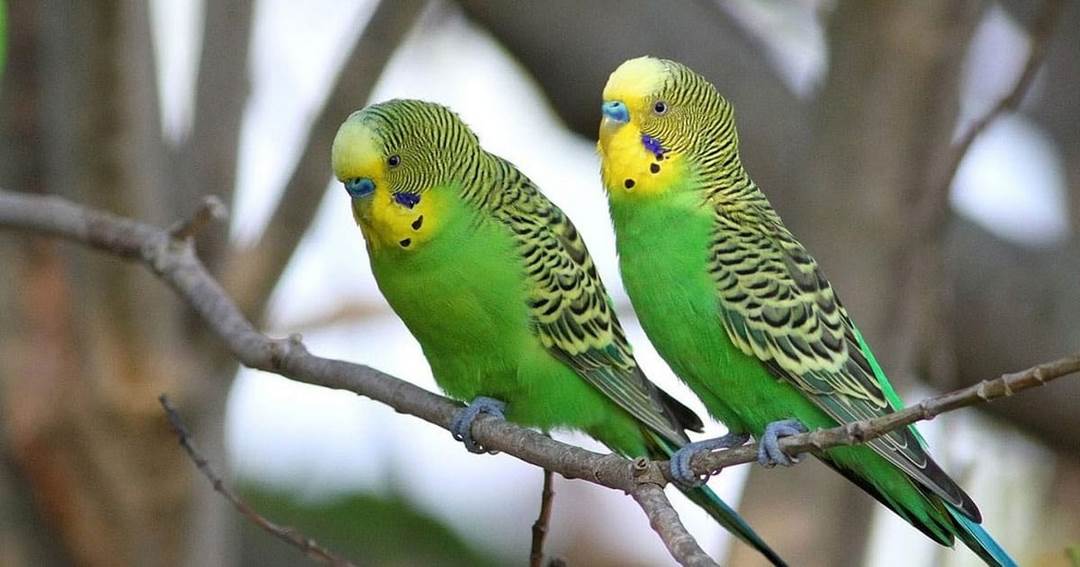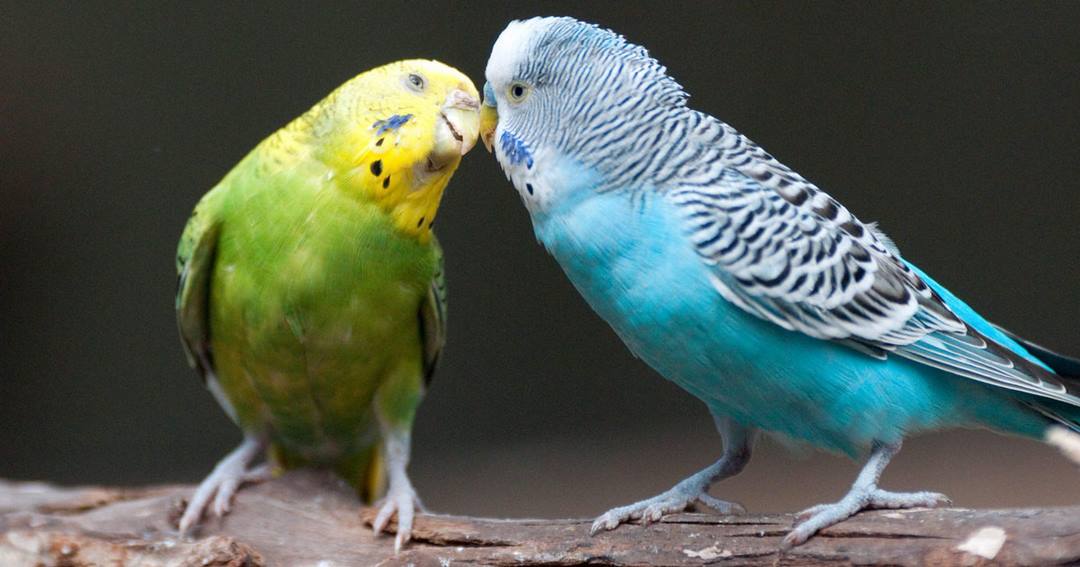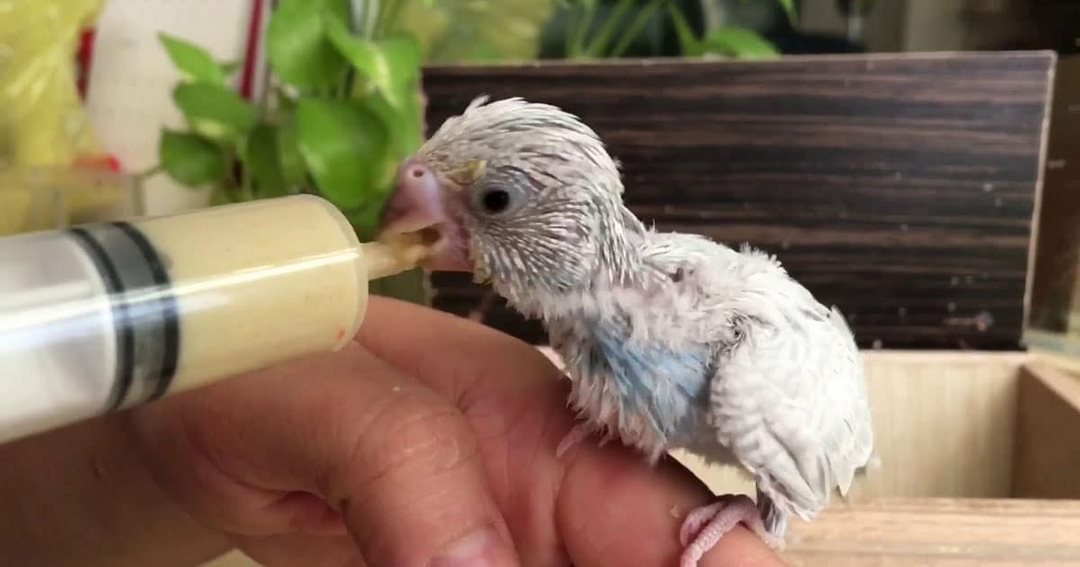The Budgerigar, commonly known as the “Budgie,” is a vibrant parrot native to Australia. It boasts bright yellow and green plumage, blue cheeks, and black scalloped patterns on its wings. The bird’s slender tail is dark blue, and its compact size measures about 18-20 cm from head to tail, weighing around 30-40 grams.
You may recognize the name “Budgie,” but the origin comes from the Gamilaraay Aboriginal word “Betcherrygah,” believed to mean “good food.” It’s uncertain whether this refers to the bird being a food source or if their migrations led people to fertile areas. Scientifically named Melopsittacus undulatus, “Melopsittacus” translates to “melodious parrot” in Greek, and “undulatus” in Latin refers to the bird’s wavy wing patterns.
Where Do Budgies Live?
Budgies inhabit most of Australia’s interior, excluding Tasmania, Cape York, and coastal regions. These birds are highly nomadic, moving north in winter and following rainfall to locate food. Budgie flocks usually range from a few to a hundred birds, but after rainfall, these numbers can soar into the thousands!
Since the 1850s, Budgies have been bred in captivity, becoming one of the world’s most beloved pets. They are known for their lively personalities, resilience, and ability to mimic human speech. Today, Budgies come in various colors, ranging from blue and olive to pure white.
Budgies are found in savannas, grasslands, woodlands, and farmlands, typically near water since they drink daily. Despite their widespread presence, their conservation status is classified as “Least Concern” by the International Union for Conservation of Nature (IUCN).
Budgerigar Behavior
Budgies are well-adapted to their dry environment, consuming up to 5.5% of their body weight in water daily. If water sources are scarce, they will drink morning dew or even bathe in wet grass. Their beak and flexible tongue are perfectly suited for their diet, which consists primarily of seeds, grains, and nuts. They forage on the ground or strip plants of seeds, which they eat whole or after de-husking.
These social birds frequently engage in mutual preening and communicate with each other using their distinctive “chirruping” sounds. Budgies are monogamous and mate for life. Breeding can happen any time of year, usually after rainfall. The female lays 4-8 eggs, incubating them for about 18 days, while the male gathers food for both the mother and chicks. The young leave the nest after roughly 35 days.
Threats to Budgerigars
Although Budgies remain abundant, certain factors threaten their population. Feral cats prey on Budgies, and invasive herbivores may deplete their food sources. Additionally, introduced grasses like Buffel Grass and African Love Grass are replacing the native plants Budgies rely on. In agricultural areas, large Budgie flocks can become pests by feeding on cereal crops.
Proper Care for Budgies
When raising Budgerigars, they prefer a diet rich in vegetables such as lettuce, spinach, cabbage, and sweet apples. A balanced seed mix of millet and rice, usually in a 1:1 ratio, is essential. During breeding, it’s recommended to adjust this ratio to 1.5 parts millet to 1 part rice. Periodically, adding greens like lettuce and corn helps provide necessary nutrients.
Budgies love water and enjoy frequent baths. Bathing them regularly gives you a chance to bond with your pet. After bathing, let them bask in the sun to warm up, which they particularly enjoy.
It’s essential to maintain a clean environment and fresh water for Budgies daily. Pay attention to their diet and hygiene as they can develop digestive issues from contaminated food. If you notice any unusual behavior, take them to a vet immediately.
Budgie housing also requires care. Their living space should be distinct from their breeding area, with large doors for easy access during breeding seasons. Since Budgies are social, they can live in large flocks. Consider designing a large aviary with separate nesting areas.
With the proper attention and care, raising Budgerigars can be rewarding. Despite being slightly demanding, following these guidelines can make the process straightforward and enjoyable, especially for beginners.






